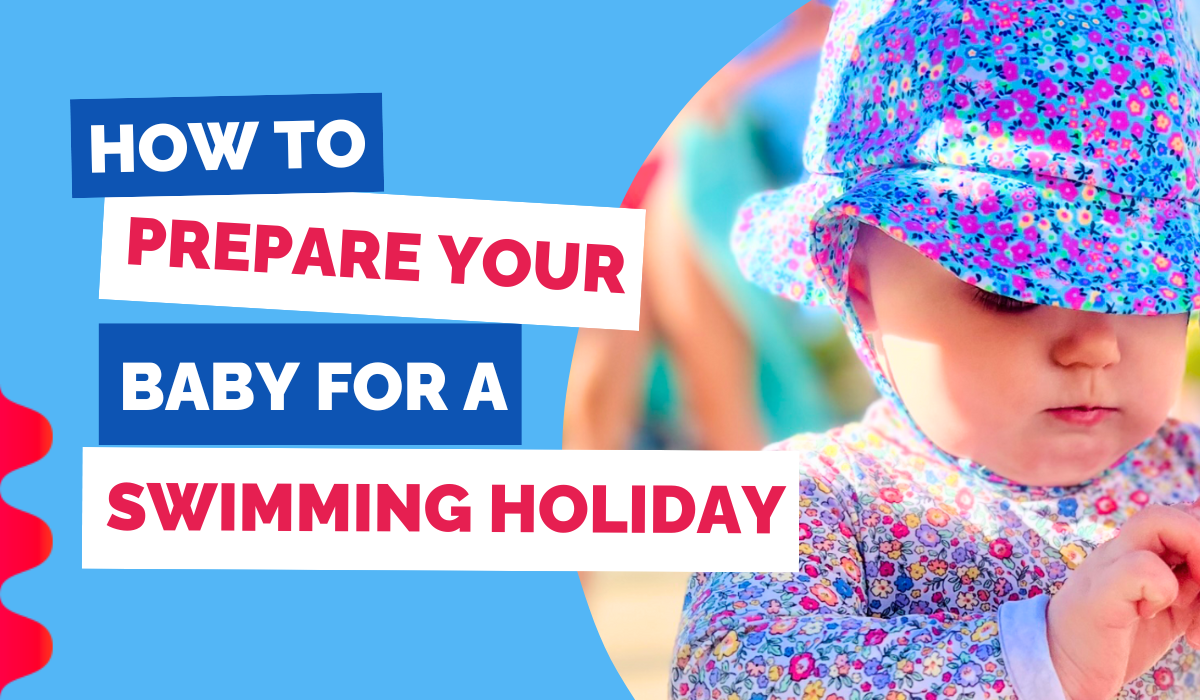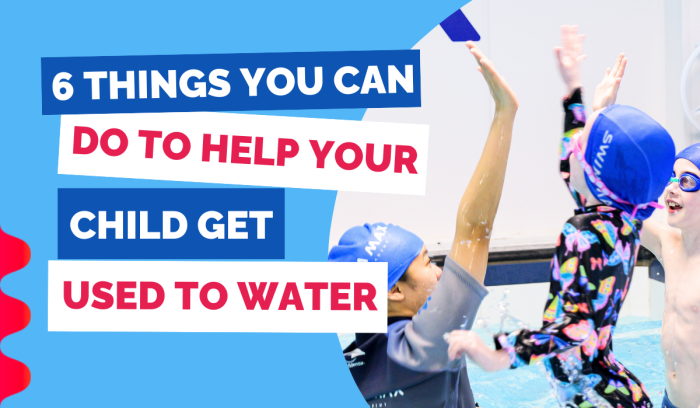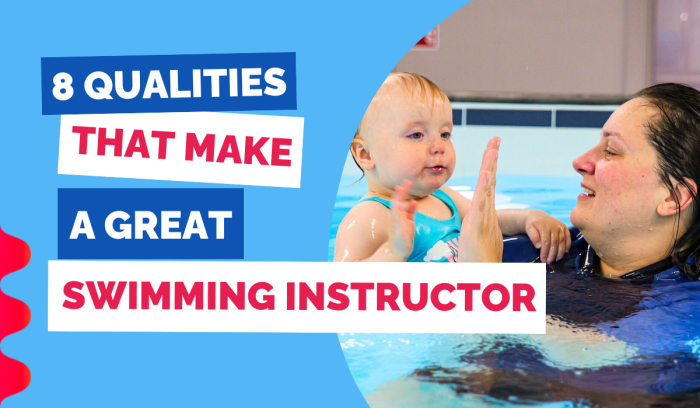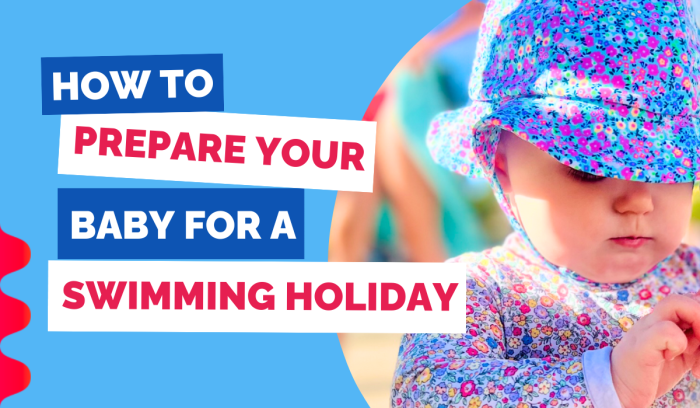Planning a holiday with your baby is an exciting adventure, especially if it involves swimming. Whether you're heading to a resort with a luxurious pool or a beach with crystal-clear waters, ensuring your baby is prepared for the swimming experience is crucial for their safety and enjoyment.
This blog shares what you need to consider when getting your water baby ready for a family holiday.
1️⃣ Research the swimming pool before the holiday: Before packing your bags, research the swimming facilities available at your destination. Check if the pool is baby-friendly, with shallow areas and gradual entry points. It's also essential to know if lifeguards are present and if the pool follows proper hygiene and maintenance standards. Reading reviews from other parents can provide valuable insights into the pool’s safety and suitability for babies.
2️⃣ Research the pool depth and temperature: Understanding the pool’s depth and temperature is vital for your baby’s comfort and safety. Babies are more sensitive to temperature changes, so ensure the pool is heated to a comfortable level, typically between 30-32°C (86-89°F). Knowing the pool’s depth will help you find the safest areas for your baby to be in without the risk of going too deep.
3️⃣ Decide on the best type of swimwear: Choosing the right swimwear depends on whether you'll be swimming in an indoor pool, outdoor pool, or the sea:
Indoor pool: Choose a well-fitted swim nappy and a comfortable swimsuit. Some indoor pools might have cooler temperatures, so consider a thermal swimsuit if needed.
Outdoor pool: A swimsuit with UV protection is ideal. Pair it with a swim hat to shield your baby’s sensitive skin from the sun.
Sea: A full-coverage swimsuit or a rash guard with a swim nappy is best. The extra coverage protects against sunburn and sea irritants like sand and salt.
4️⃣ Use sunscreen
Protecting your baby’s skin from the sun’s harmful rays is crucial. Choose a sunscreen specifically formulated for babies, with at least SPF 30. Apply it generously to all exposed skin 30 minutes before sun exposure, and reapply every two hours, or more frequently if your baby is in and out of the water.
5️⃣ Protect from the sun using sunglasses and a hat: A wide-brimmed hat and baby-sized sunglasses with UV protection can help shield your baby’s eyes and face from the sun. This extra layer of protection is particularly important when swimming outdoors, where the sun’s reflection off the water can increase exposure.
6️⃣ Avoid swimming at the hottest time of the day: The sun’s rays are strongest between 10am and 4pm. During these hours, the risk of sunburn and heat-related issues is higher. Plan your swimming sessions for the early morning or late afternoon to keep your baby cool and protected.
Bonus tips:
Stay hydrated: Ensure your baby stays hydrated by offering frequent drinks of water or breast milk/formula if they are still on a milk-only diet.
Bring toys: Familiar water toys can help make the experience more enjoyable and comforting for your baby. There’s no need to bring too many, a few are fine.
Supervision: Always keep a close eye on your baby when they are in or near the water. Never leave them unattended, even for a moment.
Acclimate gradually: Let your baby get used to the water gradually. Start by letting them sit on the edge and splash their feet before fully entering the water.
Don’t submerge a baby under 12 months in salt water: As you know your baby's kidneys are still developing so try to avoid submersions under salty water. As a parent, you’re probably tracking the quantity of salt in their foods at this stage.
DO NOT TRUST FLOTATION DEVICES - WATCH YOUR BABY ALL THE TIME!
By taking these steps, you can ensure a safe, enjoyable, and memorable swimming holiday for you and your baby. With the right preparation, your little one will be ready to make a splash and together you can create happy family holiday memories.







 Baltic Condition
Baltic Condition
Comments
Write your comment